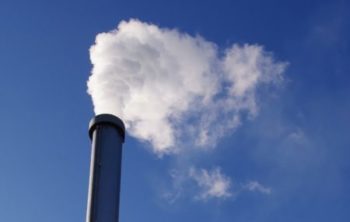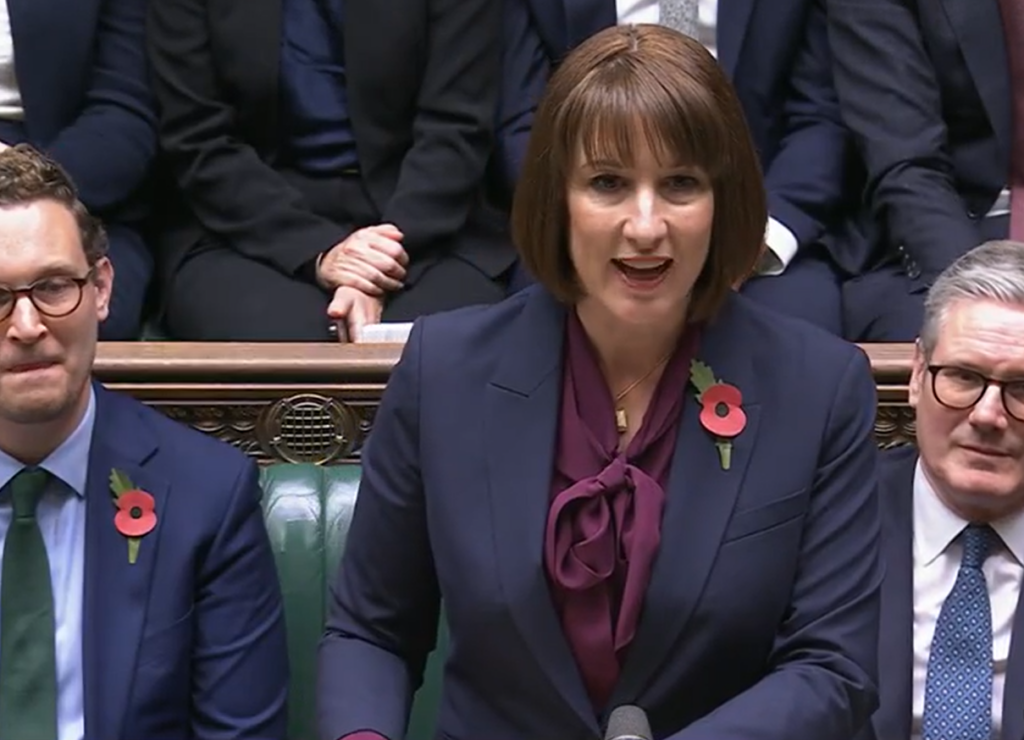Last month, the company drew attention to the success of the project, but kept specific details close to its chest (see letsrecycle.com story).

In a statement issued yesterday (4 May), the company now says that, once operational, the new panels will increase the company’s renewable electricity generation capacity by up to 60MWe.
Veolia says this will add to the 63MWe of electricity generation from the biogas, biomass and biodiesel combined heat and power plants the company operates across industrial, healthcare and commercial sites, giving a total capacity of 134MWe.
“By increasing our renewable energy generation, we will be contributing to the future energy infrastructure”
Donald Macphail, chief operating officer for treatment at Veolia, said: “Electricity supports nearly all aspects of modern life and decarbonising generation is a key part of the strategy to reach a zero-carbon future.
“By increasing our renewable energy generation, we will be contributing to the future energy infrastructure, and this means we will be able to deliver over 560MWe of renewable and low carbon electricity, enough to power over 1.3 million homes.”
The company says it has selected restored landfill areas with south-facing slopes and a “sufficiently large” electrical export connection or ability to connect to the site in order to “gain the best advantage from the use of the land”.
Veolia has been installing solar panels at its former landfill sites since 2017, working in partnership with various technology providers (see letsrecycle.com story).
Former landfill sites
The first three former landfill sites managed by Veolia for which the company was granted planning permission to install solar panels were Netley in Hampshire, Ling Hall in Warwickshire, and Ockendon in Essex.
The site at Ling Hall uses around 13,200 530W bi-facial dual glass modules that absorb light on both sides to maximise the power density, Veolia says. These are linked to 22 string inverters which convert DC to AC electricity, then feed it to the grid through two 3MVA transformers.
It is thought to be easier for landfill sites to provide solar power to the National Grid than it would be for many other facilities because they may already have a connection, generating electricity from turbines powered by landfill gas. Connecting to the National Grid can be costly without an existing link.









Subscribe for free